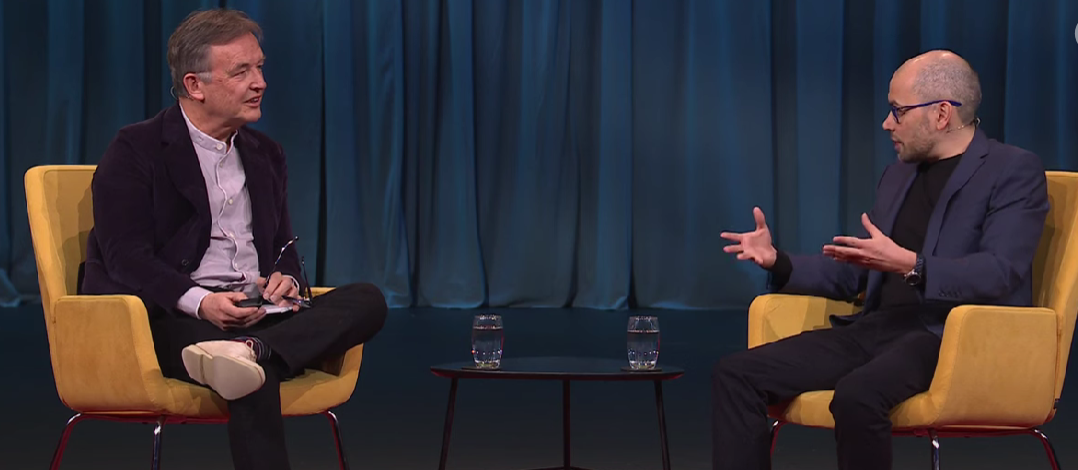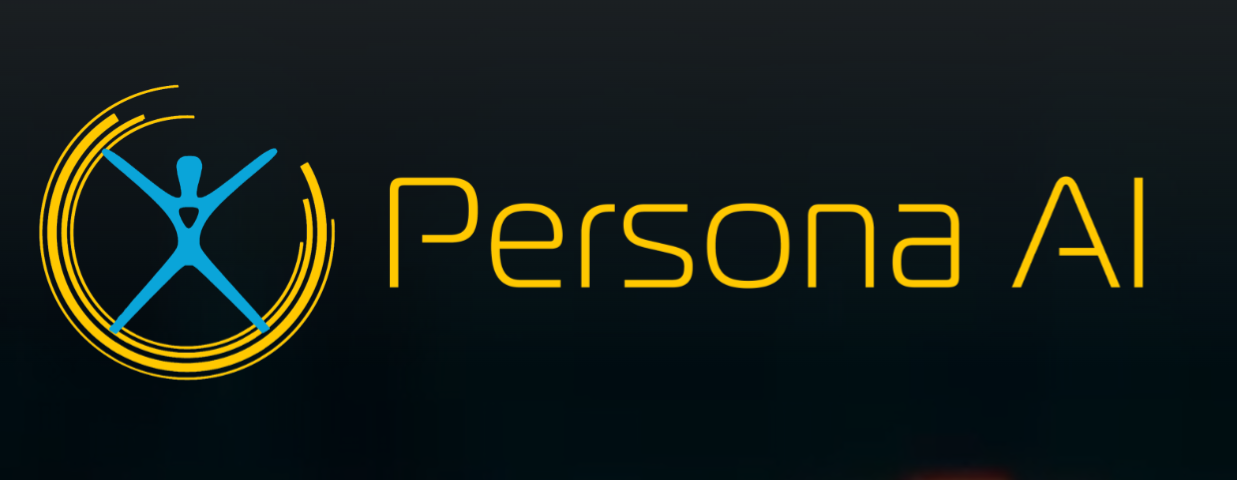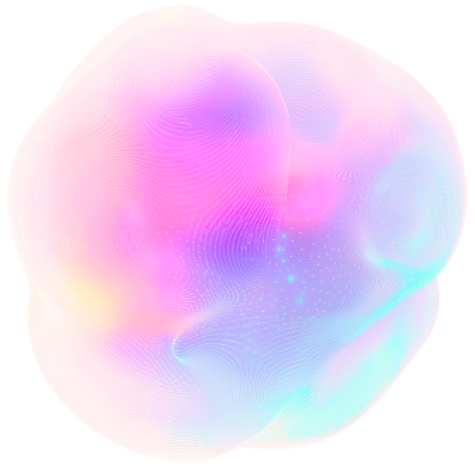In an intersting discussion at TED, Demis Hassabis, the pioneering co-founder and CEO of Google’s DeepMind, talked about artificial intelligence’s remarkable journey and the implications it has for unraveling the deepest secrets of our universe and consciousness. Hassabis’s thoughts analyzed how AI could transform scientific exploration, sppeding up breakthroughs and giving us new information on the fundamental nature of reality itself.
One of AI’s most groundbreaking achievements has been DeepMind’s AlphaFold, which astounded the scientific world by rapidly predicting the 3D structures of all 200 million known proteins in just a year.
“We managed to actually fold, using AlphaFold, in one year, all those 200 million proteins known to science. So that’s a billion years of PhD time saved,” said Hassabis. This unprecedented feat exemplifies how AI can turbocharge scientific progress, expediting discoveries that could otherwise consume centuries of human effort.
Hassabis openly shared this transformative work, declaring: “We open-sourced AlphaFold and gave everything away on a huge database.” This magnanimous decision reflects his conviction that advancing human knowledge transcends corporate interests. As Geoffrey Hinton, a pioneering figure in AI, affirmed: “Demis and his colleagues have done mankind a great good.”
Looking ahead, Hassabis sees AI as a powerful tool to decipher the profound enigmas that have captivated humanity for millennia.
“Once AGI [artificial general intelligence] is built, what I’d like to use it for is to try and use it to understand the fundamental nature of reality,” he said. This ambition includes exploring the subatomic realms at the Planck scale, probing the most fundamental fabric of existence.
However, Hassabis acknowledges the potential risks accompanying such power, emphasizing the need for thoughtful collaboration across sectors.
“As we get closer to AGI, we need to collaborate more,” he asserted. “And I think as a society, we need to start thinking about the types of architectures that get built.” His perspective aligns with concerns raised by visionaries like Liv Boeree about the “Moloch Trap,” where intense competition could drive reckless escalation.
As AI capabilities soar, governments and civil society must play a crucial role in establishing guardrails and ethical boundaries.
“Government and civil society and academia and all parts of society have a critical role to play here to shape, along with industry labs, what that should look like as we get closer to AGI,” Hassabis affirmed, echoing calls for a unified, global approach to ensuring AI’s responsible development.
While the path ahead is fraught with challenges, Hassabis remains optimistic about AI’s potential to catalyze an era of radical abundance.
“If we get this right, then I think we could be in this incredible new era of radical abundance, curing all diseases, spreading consciousness to the stars. You know, maximum human flourishing,” he said.
As humanity stands on the precipice of profound technological transformation, Hassabis’s vision offers a beacon of hope — that by harnessing the power of AI responsibly and collaboratively, we may unravel the deepest mysteries of our existence and unlock new frontiers of human potential.
Featured image: Credit: TED






